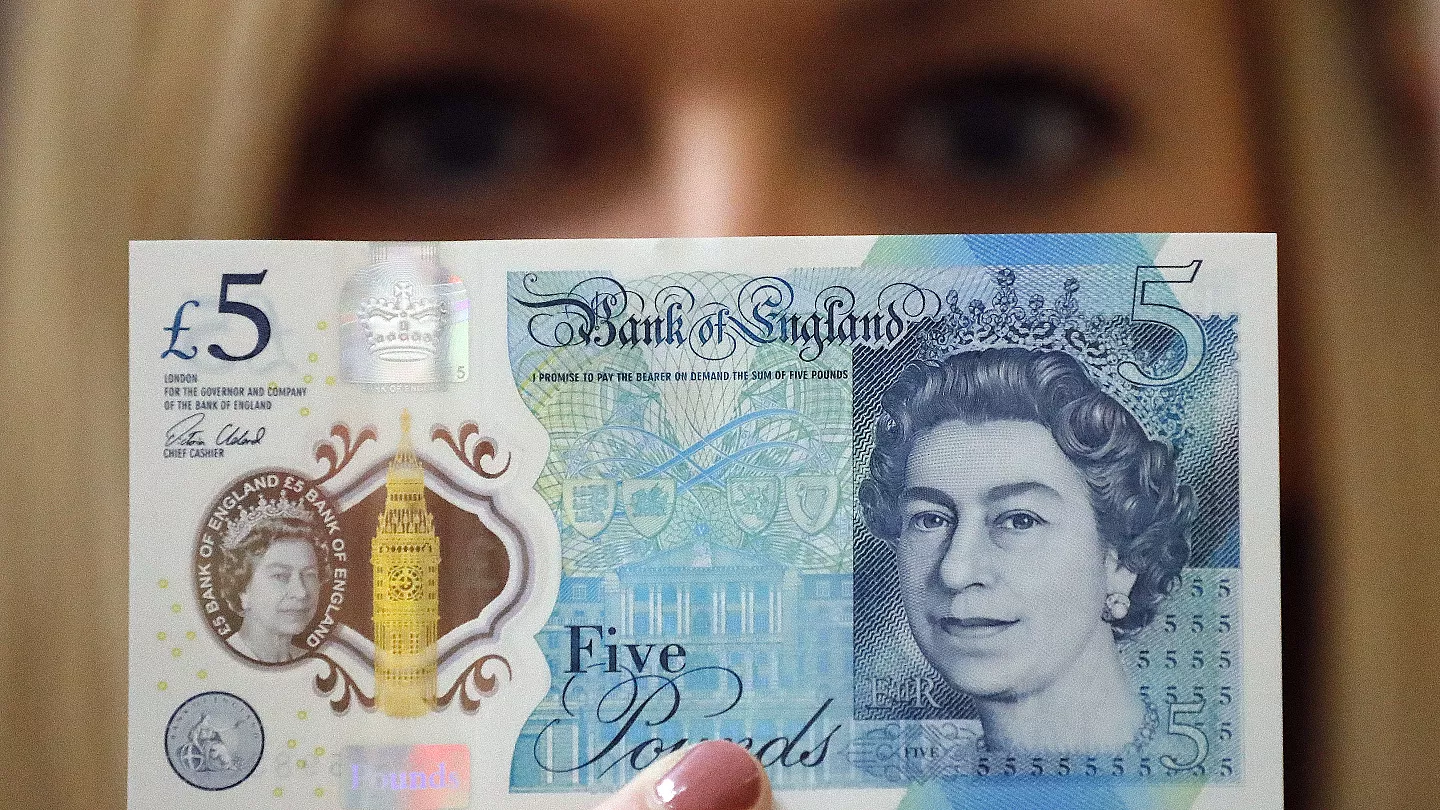The pound fell on Tuesday as a jump in Britain’s jobless figures suggested that the Bank of England may need to raise interest rates less frequently in the coming months to keep inflation under control, helping the broad dollar index return to Monday’s five-week high.
Sterling fell 0.5% versus the dollar to $1.2467 and to 87.17 pence per euro as Britain’s unemployment rate unexpectedly jumped to 3.9% in the three months to March as more people attempted to re-enter the labor force.
Current market pricing implies at least one more 25 basis point rate hike from the Bank of England, with a reasonable possibility of a second hike, but analysts say this data may force the BOE to be more cautious.
According to Jane Foley, director of FX strategy at Rabobank, broader factors are also weighing on the pound: “A lot of the good news for sterling is already priced in.” Is there enough good news in the economy to warrant a long position? The answer is no, it does not. Markets were pricing in a stronger, not a bad, economic picture.”
“Market expectations were for a Fed rate cut this year, but the data just isn’t playing ball, and adding to that, there is a bit of safe haven demand,” Foley said, citing the US debt ceiling standoff, slowing US and eurozone growth, and Tuesday’s weak Chinese economic data.
“With all that, do you really want to buy a lot of risky assets this year?” Foley stated.
US President Joe Biden expressed optimism that an agreement might be reached in time for a meeting with House leaders scheduled for later Tuesday. Republican House Speaker Kevin McCarthy, on the other hand, indicated the two sides were still far apart.
The dismal Chinese data also weighed on the Australian dollar, which fell 0.5% to $0.6665.
“Investor concerns about China’s outlook appear to have capped the Aussie’s upside for some time,” said Sean Callow, senior FX strategist at Westpac.
“Today’s data will set the Aussie back on its heels,” he added, forecasting that the currency will fall to approximately 0.6645, the lower limit of its previous trading range.
The euro was trading at $1.0892, up slightly in early European trading, and the yen, which had been dragged down by a larger difference between US and Japanese long-term yields, had recovered from a nearly two-week low.
The US currency fell 0.16% to 135.87 yen.

